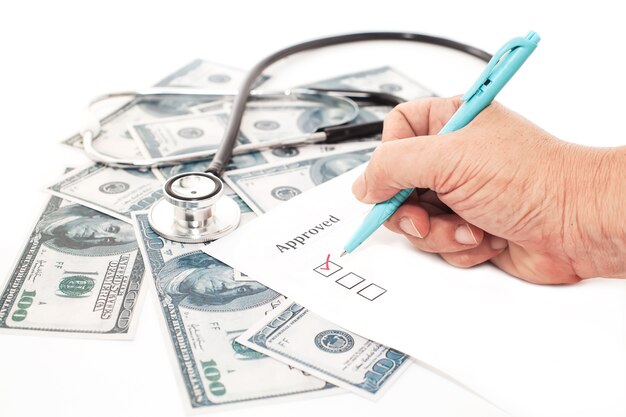What Does Medicare Cost Per Month? Here's What You Need to Know
Navigating the nuances of Medicare can be a daunting journey for many. With varied costs tied to different parts of Medicare, it's essential to know what you might expect to pay monthly. Let’s break it down to help you plan more effectively for the healthcare coverage you may need.
Understanding Your Monthly Medicare Costs
Medicare Part A typically doesn’t have a monthly premium if you or your spouse have paid Medicare taxes for at least 10 years. If you aren't eligible for premium-free Part A, you could pay up to $505 per month in 2023.
Medicare Part B comes with a standard premium amount set at $164.90 per month in 2023, although it can vary based on your income. The higher your income, the more you might pay, known as the Income-Related Monthly Adjustment Amount (IRMAA).
Medicare Part C (Medicare Advantage) costs can vary widely depending on the plan chosen. Some could be as low as $0 per month on top of the Part B premium, while others may carry additional premiums based on the additional benefits offered.
Medicare Part D, focusing on prescription drug coverage, also varies in cost. The premiums depend on the plan you choose and your income, with IRMAA potentially impacting the total cost here too.
Saving Strategies and Financial Assistance
Understanding what Medicare costs each month is crucial for budgeting, yet it’s equally important to explore financial assistance programs that may lessen the load. Two key programs to consider are:
Medicare Savings Programs (MSP): These programs help you pay Medicare premiums, deductibles, coinsurance, and copayments. Depending on your income and financial resources, you might qualify for one of several MSPs, each designed to help in specific financial situations.
Extra Help for Prescription Drugs: If prescription costs pose a challenge, the Extra Help program can significantly reduce premiums, deductibles, and copays associated with Medicare Part D. Eligibility is based on income and financial resources, making it accessible to many who might struggle with medication expenses.
Beyond these options, knowing how other financial solutions may influence your overall financial health can be valuable. Let’s look at government aid programs and other potential relief mechanisms.
Exploring Broader Financial Relief
Government Programs and Debt Assistance: For individuals dealing with extensive financial burdens, exploring government programs can offer vital relief. Whether it's educational grants, debt relief programs, or one-time financial aid options, accessing these could ease your broader financial commitments.
Credit Card Solutions and Debt Management: If monthly payments, including Medicare, become overwhelming, scrutinizing your credit card debt and seeking a debt management plan could regain financial control. Many organizations provide free or low-cost credit counseling designed to support better budgeting and debt consolidation strategies.
In closing, understanding Medicare costs is foundational, but leveraging financial strategies and assistance programs can significantly impact your financial comfort and confidence. It's never a waste to explore every tool at your disposal for better financial health and stability.
Financial Assistance Tools and Options
- 💡 Medicare Savings Programs (MSP): Covers premiums and more depending on your income and assets.
- 💊 Extra Help for Prescription Drugs: Reduces drug-related expenses for eligible beneficiaries.
- 🏛️ Government Grants: Includes educational and other types of grants for financial relief.
- 🔄 Debt Relief Solutions: Options like consolidation loans or negotiation services.
- 📈 Credit Counseling: Free or low-cost help with managing and understanding credit/debt.

Related Topics
- a Medical Provider That Accepts Medicare Assignment Must
- a Medical Provider That Accepts Medicare Assignment Must Quizlet
- a Medicare Patient Received Treatment That Isn't Covered By Medicare
- a Medicare Patient Receives Treatment That Isn't Covered By Medicare
- a Medicare Supplement Basic Benefit Is Quizlet
- a Medicare Supplement Companies
- a Medicare Supplement Policy Is Quizlet
- a Medicare Supplement Policy Must Not Contain Benefits Which
- a Patient Received Treatment In August Medicare
- Am I Eligible For Medicare